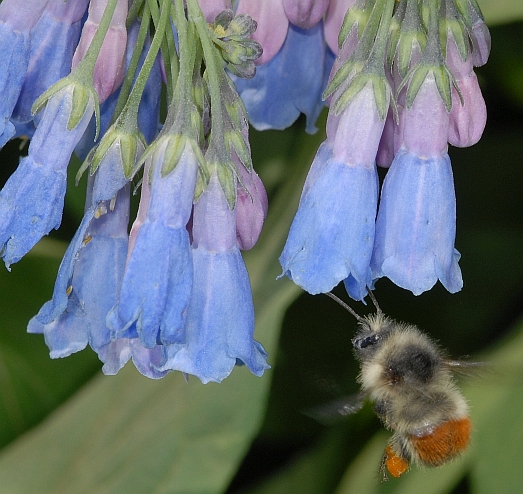An evidence-based rationale for a North American commercial bumble bee clean stock certification program
DOI:
https://doi.org/10.26786/1920-7603(2023)721Keywords:
Bombus, bumble bee, management, disease, parasite, pathogen, clean stockAbstract
The commercial production and subsequent movement of bumble bees for pollination of agricultural field and greenhouse crops is a growing industry in North America and globally. Concerns have been raised about the impacts of pathogen spillover from managed bees to wild pollinators, including from commercial bumble bees. We recommend development of a program to mitigate disease risk in commercial bumble bee production, which will in turn reduce disease stressors on wild pollinators and other insects. We provide recommendations for the components of a clean stock program with specific best management practices for rearing commercial bumble bees including related products such as wax, pollen, and nesting material.

Downloads
Published
How to Cite
Issue
Section
License
Copyright (c) 2023 James P. Strange, Sheila R. Colla, Laurie Davies Adams, Michelle A. Duennes, Elaine C. Evans, Laura L. Figueroa, David M. Lehmann, Heather Moylett, Leif Richardson, Ben M. Sadd, James W. Smith, Tamara A. Smith, Amber D. Tripodi, David W. Inouye

This work is licensed under a Creative Commons Attribution 4.0 International License.
JPE is an open access journal which means that all content is freely available without charge to the user or his/her institution.
Authors who publish with this journal agree to the following terms:
1) Authors retain copyright and grant the journal right of first publication with the work simultaneously licensed under a Creative Commons Attribution License that allows others to share the work with an acknowledgement of the work's authorship and initial publication in this journal.
2) Authors are able to enter into separate, additional contractual arrangements for the non-exclusive distribution of the journal's published version of the work (e.g., post it to an institutional repository or publish it in a book), with an acknowledgement of its initial publication in this journal.
3) Authors are permitted and encouraged to post their work online (e.g., in institutional repositories or on their website) prior to and during the submission process, as it can lead to productive exchanges, as well as earlier and greater citation of published work (See The Effect of Open Access).
To assure a broader targeted audience, content will be included into databases (such as EBSCO) and directories (such as DOAJ).











